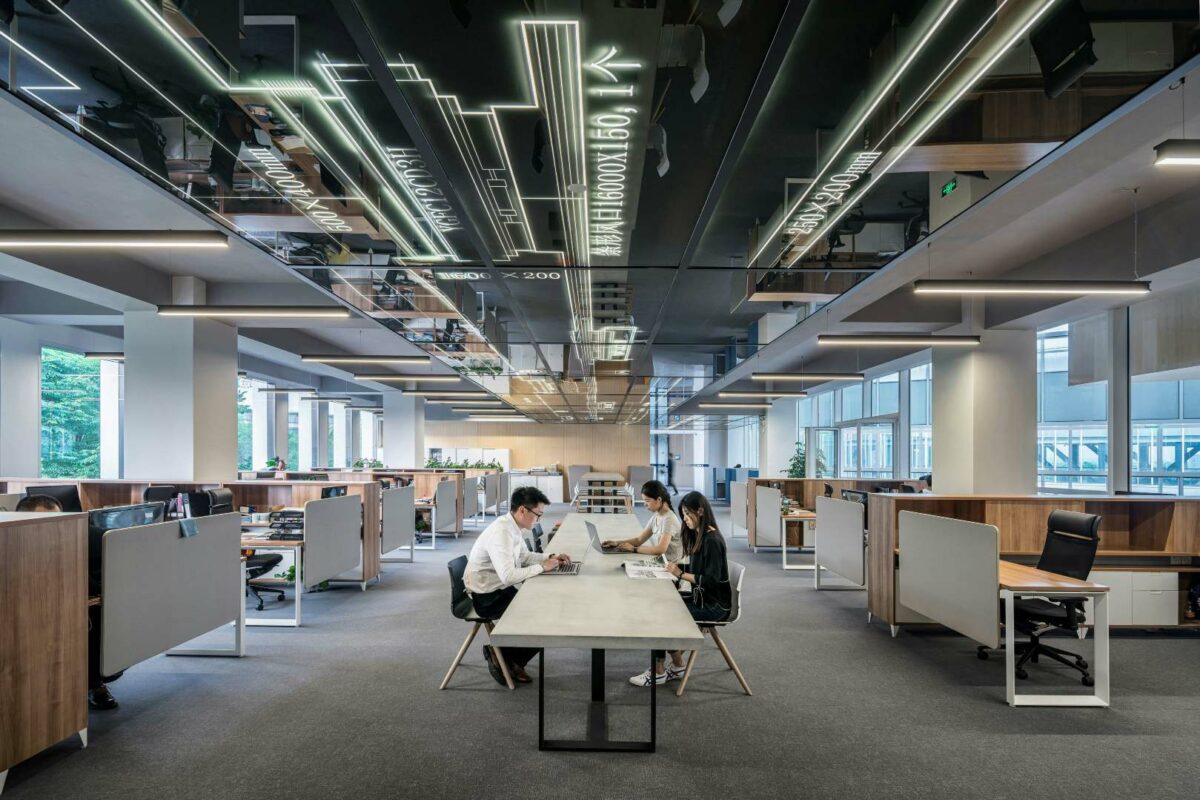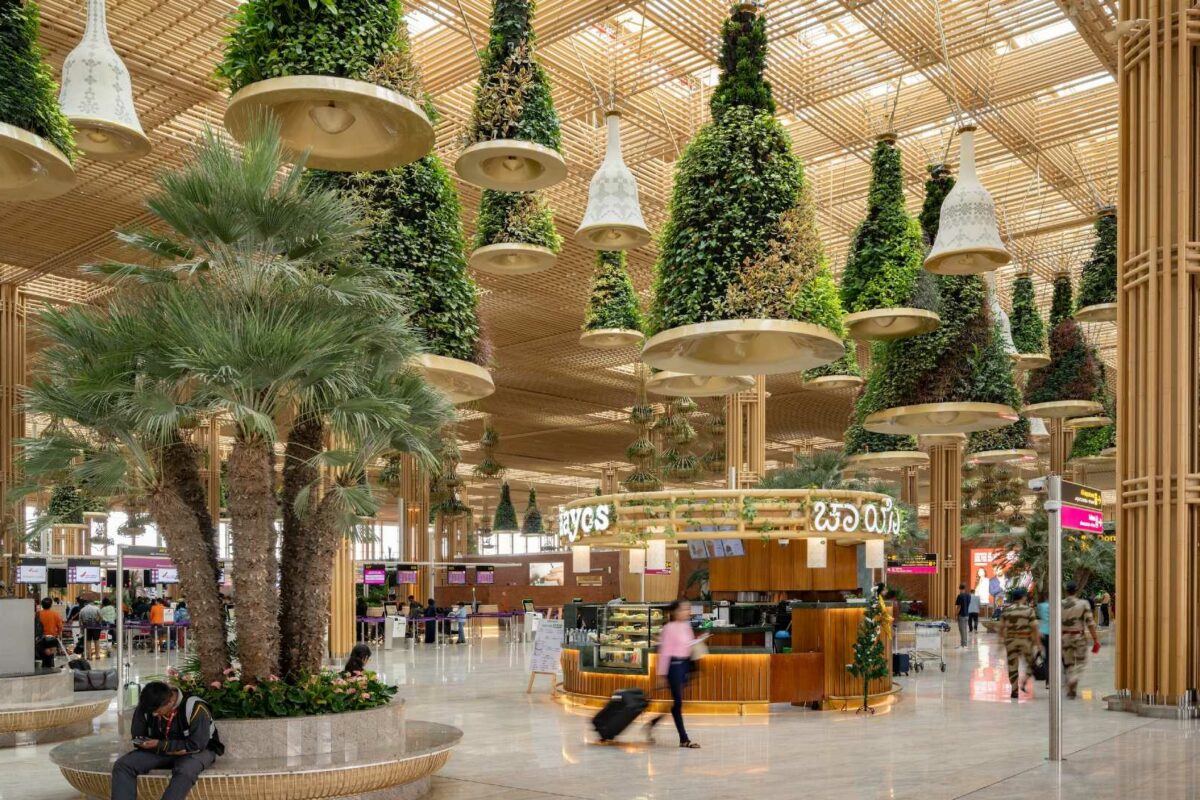Young people looking to get into the world of construction today have a huge array of careers they could consider. These range from the more traditional roles of architect or landscape architect, engineer, interior designer or contractor, to the more recently emerging specialist roles such as sustainability consultants, ecologists, and daylight/sunlight experts. In the last few years, a further career path has been added to this list: the health and well-being consultant.
I actually began my career by heading down one of the more traditional routes, spending seven years training to become an architect and going on to work in that industry until my early thirties. However, as I found myself becoming increasingly interested in how buildings affect our physical and mental health, I realised that I wanted to put all my energy into making places that better support people’s well-being – so in late 2020 I took the leap and joined the ‘Design for well-being’ consultancy Ekkist.
Readers may be wondering: ‘what exactly is it that a health and wellbeing consultant does?’ As a fairly new discipline, it’s something we are commonly asked, and we are still occasionally confused with sustainability or BREEAM consultants. In the words of Ekkist’s founder Olga Turner-Baker: “In reality our role is simple: to help teams create buildings that are better for people, improve their health, and help them to thrive.”
It is becoming increasingly challenging for clients and even architects to navigate healthy choices around buildings and products. This is particularly true right now, as new regulations and voluntary standards have come into play and the landscape of ‘what is healthy?’ continues to shift and develop with our ever-growing understanding of the relationship between human health and the built environment. A health and well-being consultant can therefore be seen as a guide to this world, helping development teams to make better choices for the people using their buildings, or even helping to create overarching policies, design documents or ESG strategies to steer future projects.
“Our role is simple: to help teams create buildings that are better for people, improve their health, and help them to thrive.”
It is possible to do this in a number of ways, and there are numerous pathways we take at Ekkist. Firstly, we use third-party ‘standards’ such as WELL Certification, Fitwel and HQM, which offer clients a well-trodden route to healthy buildings, alongside an independent certification to help market them. For projects that require a more bespoke or flexible route, we also have our own Design For Well-being Framework, which is focused more around our physical and psychological needs as humans, and can therefore be applied to anything from the design of a small eco-lodge right up to a large urban masterplan or even a company-wide design-guide.
Whichever of these routes a project takes, a health and well-being consultant should ideally consider a scheme from inception right through to completion and occupation. In practice, this means sitting within the design team and being involved with strategic decisions such as building uses, orientation, and layout; to mid-stage decisions such as products and architectural or MEP specifications; right through to building operations and HR policies such as what foods are being provided on site, what cleaning products are being used, or whether there are healthy-working policies in place.
‘A right to healthy places’
While some developers may still see this service as a luxury, we firmly and proudly believe that everybody has the right to healthy places to live, work, study and play. The statistics on current health problems resulting from the built environment – be this the 8,500 people who die each year in the UK from cold homes, or the 1.6 million people killed globally each year by indoor air pollution – make it clear that as an industry the ‘bare minimum’ isn’t good enough.
The good news is that (in the UK at least) we are now seeing the ‘healthy buildings’ industry take on something of a ‘Kuznets curve’ model: initially it may have only been available to the wealthy, but it is gradually becoming available to all. A combination of greater affordability and shift of public mindset means that a well-being strategy is becoming essential for developers and projects that want to be taken seriously and be seen as respecting their inhabitants.
Rise of ESG
The rapid rise of ESG strategies has emphasised this importance of being an ethical company in the 21st century. Such strategies were used by 48% of retail and institutional investors in 2017, but this had skyrocketed to 75% just two years later. With well-being forming an important part of the Social ‘S’ of ESG, funders and developers are becoming increasingly keen to enhance the ways in which their portfolios support human health.
What’s more, creating healthier buildings isn’t just the ethical thing to do. Various sources now show it provides a return on investment, making it financially shrewd too. With both individuals and society investing more and more heavily in well-being, homes that are designed to improve people’s wellness are now commanding 10-25% higher price premiums, while health-certified offices command between 4.4 and 7% more per square foot than their nearest non-certified neighbouring peers.
While health and well-being may have been seen as a luxury just two or three years ago, with all of the above in mind, the real question is: can teams afford not to employ a healthy building consultant in 2022?
Ben Channon is an architect, author, TEDx speaker and mental wellbeing advocate, and is well known in the industry as a thought leader in designing for happiness and wellbeing. He is a Director at wellbeing design consultancy Ekkist, where he helps clients and design teams to create healthier places, and researches how buildings and urban design can impact how we feel.
Joanna Watchman
Joanna Watchman is our founder. She is a communications consultant specialising in the built environment and technology sectors. Having spent years writing, thinking and talking about the way buildings could (and should) be more in tune with the people that use them, Joanna decided to create Work in Mind. She is on a mission to bring together all those who believe in smarter, more connected human-centric buildings.




